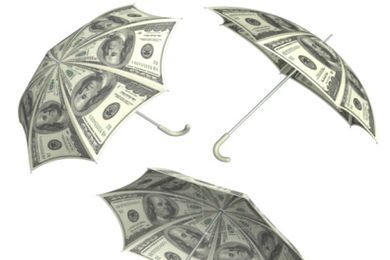
5 Critical Financial Planning Tips for 20-Somethings<br><br>
This procrastination can result in more aggressive (risky in other words) investment strategies that can leave older investors more vulnerable to short-term fluctuations in the market that diminish their retirement savings.
But starting early and sticking to a sensible, long-term retirement saving plan not only helps younger workers better prepare for retirement, it sets the foundation for sound economic decision-making throughout their lives.
Heres an interactive slide show counting down five things 20-somethings can do today to ensure they have the means to retire in the style when the time comes.
Source: RBC

1. Live Below Your Means<br><br>

2. Fatten Up Your Piggy Bank<br><br>
The trick is to incorporate savings into your budget before you become accustomed to spending it every month.

3. D Is For Discipline, Not Debt<br><br>
The key is to get young clients to clear out as much debt as possible as fast as possible so more of their monthly income can be put to use in long-term investments that will pay huge dividends 30 or 40 years down the road.

4. Emergency Funds Are For Emergencies Only<br><br>
Stash away whatever rainy day funds you can in the best possible interest rate accounts you can find and leave it alone. This is the parachute you may or may not need and will prevent you from taking on more debt and interrupting your established retirement savings plan when things go awry.

5. Continually Analyze All Your Spending Habits and Adjust as Necessary<br><br>
By reigning in these non-essential expenses, you’ll have more money to throw into mutual funds, IRAs and other income-generating investments that multiply substantially over the course of three or four decades.





